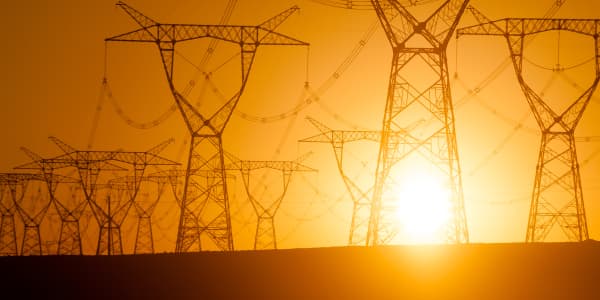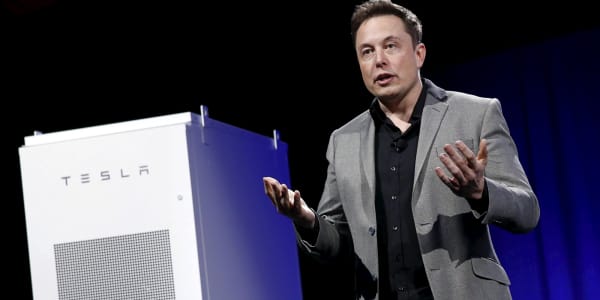When it comes to the use of big data, the nation's electric utilities weren't early adopters, but they are making up for lost time.
Spending on big data software, hardware and services will hit about $2 billion in 2016, up from $1.3 billion in 2013, according to market research firm Utility Analytics Institute.
Big data wasn't an easy sell to typically conservative electric utilities, said Guerry Waters, vice president of industry strategies in Oracle's Utilities group. "There was quite a bit of reluctance. They are kind of a `show-me' kind of industry," Waters said. "Now there are so many case studies that show there is some value from big data."
Edison International's Southern California Edison is a case in point. In order to improve efficiency, the Rosemead, California-based company collected usage data on its 5.2 million customers between 2012 and 2013.
"We collected a year's worth of data to make sure that it was a good sample size," said Mark Podorsky, who oversees the utility's big data efforts. "That's a heck of a lot of data. It's terabytes and terabytes. It sounds easier than it looks."
Collecting data isn't new for utilities, but relying on big data to make decisions is still an industry effort in its infancy.
Read MoreCoal stocks poised for a comeback ... someday
The data is far more granular than it has ever been due to the growing use of smart meters that are able to both send and receive data, and this explosion of data has significant economic potential for the utility industry and broader U.S. economy.
The annual cost of power disturbances to the U.S. economy ranges from $119 billion to $188 billion, according to the Electric Power Research Institute (EPRI), an industry-funded research think tank. Using big data to detect operational problems and prevent outages has the potential to substantially reduce that cost.
It certainly give the firms that have more of it a competitive advantage in terms of running their operations more efficiently. Over the longer term, it has the potential to translate into higher earnings.Greg Phelpssenior portfolio manager at John Hancock Asset Management
Power companies, for example, can now examine power-usage trends in 15-minute increments, whereas historically they were only able to examine usage over a period of days.
Southern California Edison, for instance, realized through its big data trial that some power-usage patterns it thought indicated fraud were perfectly legitimate upon closer examination. Edison now doesn't get as many false positives, Podorsky said.
"There was some lack of appreciation of what to do with the data," said John Simmins, EPRI technical executive. "It has taken them time to crystallize [their plans]. They are starting to do that now."
Read MoreWhy utility bills aren't getting any cheaper
Measuring the waves of the alternating current that pulse through the grid to see if there are slight variations in demand helps utilities decide which power plants to turn on and, in particular, how to efficiently use high-priced peaking units—generators used only when demand is unusually strong because of either extremely warm or cold weather. Big data applications will also make new types of generating technologies, including solar and wind, work better within the integrated grid, Simmins said.
Utilities can also better identify critical equipment in need of replacement, such as transformers, which can cause power outages when they fail.
"It saves us money and customers headaches," said Darren Shepard, director of meter systems and repair operations for American Electric Power. "We are starting to change transformers on a scheduled basis versus having them fail whenever. It's definitely a plus."
188 billion reasons to believe in big data
It is a trend that investors who have long followed the utilities industry are watching with interest, though it hasn't yet reached a stage where it drives utility stock performance.
"It is something that I am keeping tabs on," said Greg Phelps, a senior managing director and senior portfolio manager at John Hancock Asset Management who has followed the utility sector for 30 years and helps manage $4.7 billion in assets. "The bigger ones will be on the forefront. They have the scale and scope to do those kinds of things faster."
"It certainly gives the firms that have more of it a competitive advantage in terms of running their operations more efficiently," Phelps said, though he added that benefits to shareholders would occur over a decade. "Over the longer term, it has the potential to translate into higher earnings."
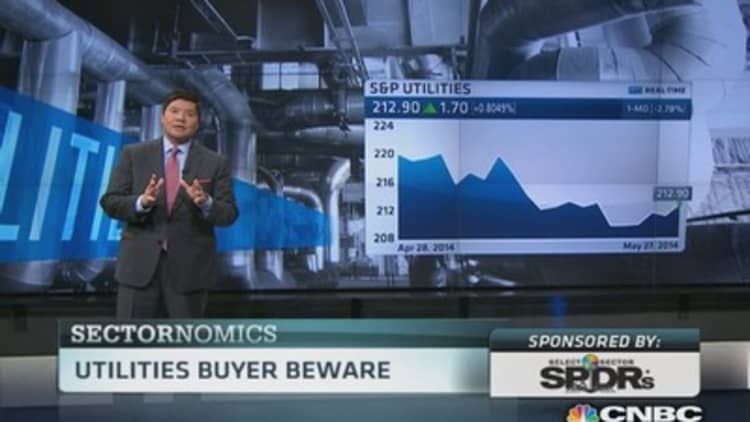
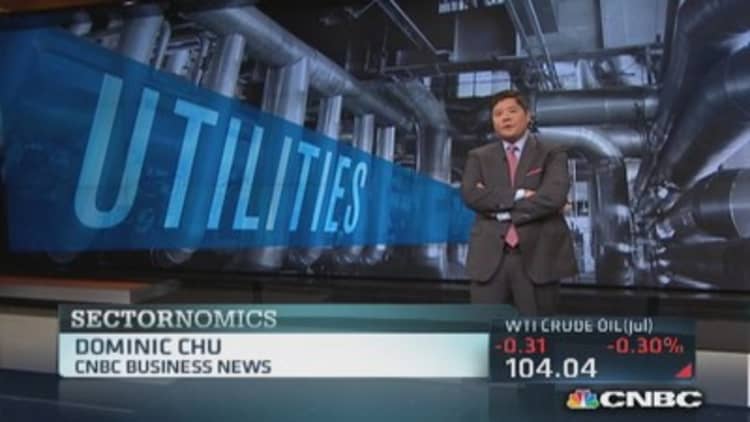
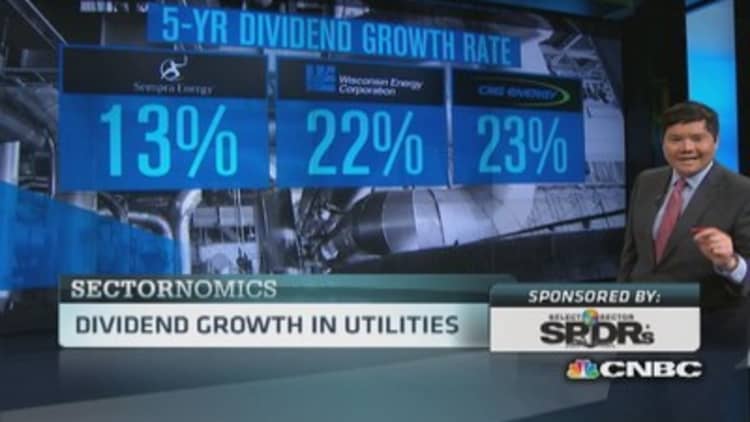
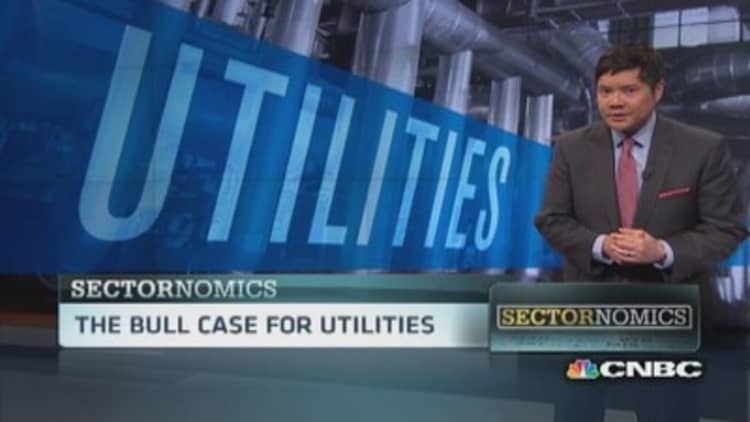
The holy grail of big data in the power sector would go far beyond isolating a failing transformer or flipping the switch on a solar plant during a surge in demand. Last winter, for example, when extreme weather hit across the U.S., power companies were caught in a bind, repowering coal plants that had been left dormant—some even slated for mothballing—due to years of cheap natural gas supply to power turbines.
AEP is trying to use big data to hone its weather-forecasting skills—something Silicon Valley-backed algorithm-driven companies like EarthRisk Technologies are working on as well. But Shepard said, "We are not there yet. It's something that we are trying to work with as a concept."
There are more practical considerations. Though the use of smart meters has soared in recent years, many customers still don't have them. Another issue is the wide variety of data that needs to be reviewed. When determining potential demand, a power company may scan decades' worth of weather information while at the same time looking at shorter-term shifts in power demand over fractions of a second.
Many utilities are just starting to hire workers capable of crunching the enormous amounts of data that they possess, and technology vendors are still in the process of developing solutions for the power companies to use. "Most of the utilities I know of are hiring new people, such as data scientists," Simmins said, but once hired, they need to gain expertise on the industry.
—By Jonathan Berr, special to CNBC.com



